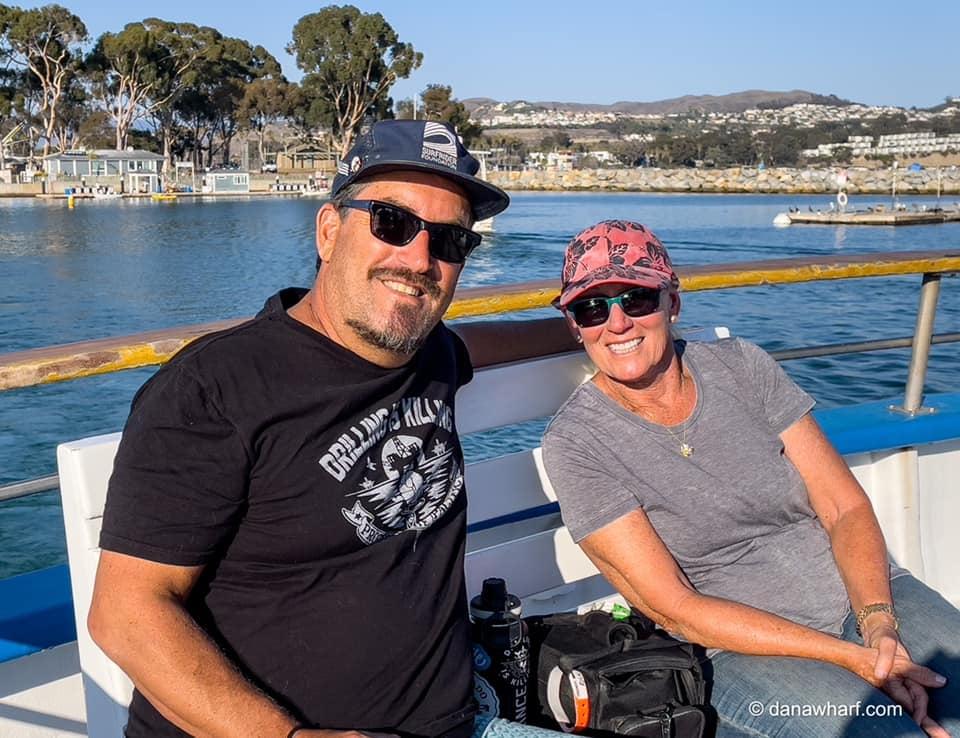A Beginners Guide to Whale Watching
A question that people who are unfamiliar with whale watching often ask is, what exactly does the phrase whale watching mean? Whale watching is just that; it is the act of observing whales and dolphins in their natural habitat. It involves people, often standing on a pier or a marine vessel, trying to get a good view of a whale or dolphin as they come up to the surface of the water to feed or take a breath. To better understand what whale watching is, let’s dive into the history of this coastal pastime.

History of whale watching
Today, whales and dolphins are some of the most beloved animals on the planet; however, this was not always the case. Both whale and dolphin populations were almost decimated by excessive whaling(whale hunting). Humans have hunted these marine mammals since the B.C. era, but it wasn’t until the 17th century that advances in technology allowed whalers to hunt whales much more efficiently. As a result, in 1946, several countries formed the International Whaling Commission, which had the purpose of stopping the hunting of whales. Since then, many countries, including the United States, have outlawed the practice.
Organized Whale watching began in 1950 when the Cabrillo National Monument in San Diego was declared a public venue for observing the migration of Gray whales. Within five years, the first water-based whale watching began in the same area a few years later. Throughout the following decades, whale watching companies started sprouting up all over the west coast of the United States, including Dana Wharf, the first whale watching company in Orange County and the first business in Dana Point Harbor, Dana Wharf actually started Whale Watching as San Clemente Sportfishing in the 1960’s!
By 1971 whale watching activities on the east coast were offered by the Montreal Zoological Society whose tours went into the St. Lawrence river to see Beluga and Fin whales. Thirteen years later, whale researcher Erich Hoyt released the first comprehensive guide to whale watching called The Whale Watcher’s Handbook, which was highly influential in the industry.
In 2009 a team of economists reported that 13 million people went whale watching annually, up 9 million just ten years earlier. Their research also concluded that the total combined yearly direct revenue of commercial whale watching operations was over 800 million dollars.
Tips for your first whale watching experience
Now that you know some history about whale watching it’s time for you to get out and try it for yourself, but first, here are some whale watching tips to make sure you have a great time.
- Dress for the occasion
The weather on the open sea is usually a little cooler than on land, and the wind chill can make that worse. Wear a couple of layers of clothing that you can shed off if it gets too hot, and it’s best if the outermost layer is something waterproof like a Gore-Tex jacket because things can get wet on a whale watching vessel.
Closed-toed shoes are recommended to keep your feet dry and warm. The calmest weather conditions are in the morning when there is less wind and the water is more glassy.
- Have an open mind
Whale watching seasons are not set in stone, so you shouldn’t approach a whale watching experience with the idea that you need to see one animal in particular. Instead, it is best to come with an open mind to what you might see as there are many species of whales and dolphins that are uniquely fascinating in their own way. The experience of seeing one of these creatures up-close and in-person is so extraordinary that most first-time whale watchers are even pleasantly surprised with how much they enjoyed it.
In addition, when whale watching you will always see other marine life besides whales such as sea lions, seals, and a number of sea birds.
- Book ahead of time
Whale watching trips are a very popular activity; meaning tours tend to fill up fast, so you should book yours at least one week in advance to secure a spot.
- Look at trips logs
If you are curious about what you might see on your whale watching experience, you can look through a company’s whale watching log to see what animals they have recently encountered. You can also look at their Facebook page and Instagram accounts to see pictures taken of recent whale sightings. Check out Dana Wharf’s Instagram page here!
- Bring the necessities
Like all outdoor activities, whale watching can expose you to the elements of nature, so there are some things you should bring to be prepared. When on the open sea, you will spend a lot of time in the sunlight, so bring sunscreen and a hat to provide some shade for your face. Sunglasses are great to have, especially polarized ones because they can give you a clearer look into the water through the bright sunlight.
The conditions on the boat can be pretty windy, so if your lips get chapped easily, you should definitely bring some chapstick, preferably one that is at least SPF 15. Whale watching boats are usually pretty smooth, but if you are someone who is susceptible to seasickness, it’s recommended that you take (non-drowsy) preventative medicine beforehand. On that note, it’s best to eat an hour before your tour is scheduled to leave so your food has time to settle.

- Ask a lot of questions
Your whale watching guides are highly knowledgeable about all things sea life, and they love answering your questions, so if you are curious about anything, don’t be afraid to ask.
- Tip your crew!
A Gratuity is not required on most whale watching tours, but the crew works very hard, and they are the ones who make the experience possible, so it is recommended that you tip between $3-$5 per person.
